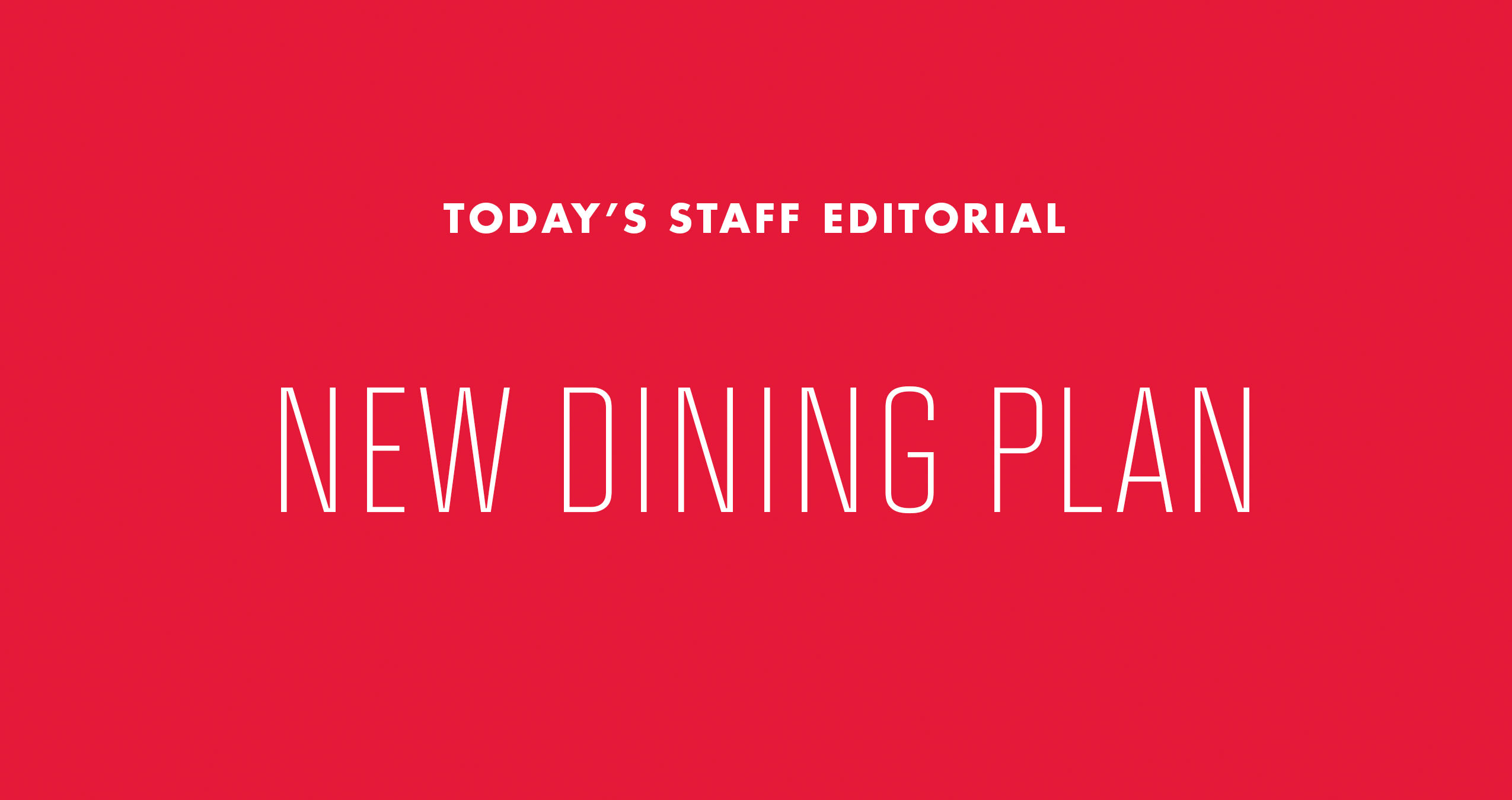Before the end of the spring semester, more than a thousand students will exhaust their supplies of dining points. Hundreds more will scramble to spend the remainder of their meal plan balances while limited by an unyielding spending cap.
They’ll cash out on whole pizzas and boxes of cookies and slip friends their university IDs, beholden to a system that promises flexibility and convenience but too often fails to provide much in the way of either.
It’s a scenario that plays out without fail at the end of every semester, but students could see an end to their long-running battle with the dining point as soon as August, when Dining Services will roll out an anytime-dining plan on par with most of the university’s Big Ten peers, Dining Services officials said earlier this month.
The new base plan kicks dining points and the current a la carte system to the curb in favor of all-you-can-eat fare. Students will have seven-day unlimited access to the North and South Campus dining halls as well as 251 North, which will open for lunch and dinner in the fall as a third dining hall.
They’ll also have the option to add Terp Bucks-style dining dollars to their plans for use at campus cafes and convenience stores, as well as Stamp Student Union locations including Subway, Sbarro, Taco Bell, Auntie Anne’s — and yes, Chick-fil-A.
The switch comes as a common sense initiative that addresses student complaints and boosts the competitiveness of this university’s dining offerings relative to other public schools. Eleven of the 14 Big Ten schools offered anytime-dining options as of last semester, and students’ satisfaction with this university’s eateries should spike once it joins their ranks.
At least from the university’s standpoint, the plan appears affordable, too. Officials told The Diamondback in November that Dining Services had been frugal in past years, allowing for the implementation of a $100,000 to $150,000 biometric identification system — scanning some body part or movement to ensure only people with dining plans can eat without paying for individual meals.
Therein lies one of the new plan’s only major issues: Dining halls could become a cost-inefficient dining option for commuters or other students without dining plans. If Dining Services forces students to pay as they enter dining halls, they could lose their status as a place to grab a small bite to eat or meet up with friends and classmates during the day.
Moreover, the plan will eliminate carryout boxes, meaning students on the go will need to commit to dining in or resort to convenience stores and cafes, thus decreasing the value of their dining plans.
None of these drawbacks is enough to condemn the new system on its own, though, and Dining Services is to be commended for hearing out students’ concerns and acting on them. With an ongoing dialogue between students and officials and an eye toward improving on-campus dining for all, this university can continue to craft options that sate stomachs and wallets alike.



